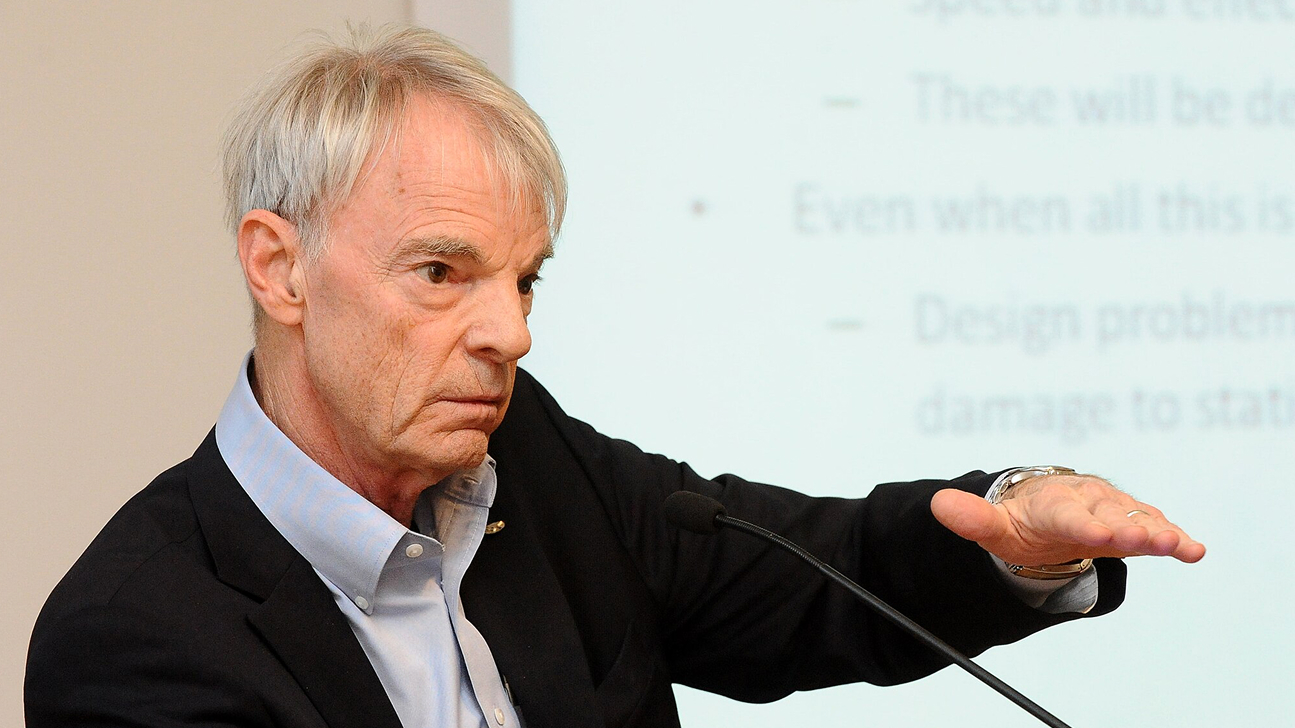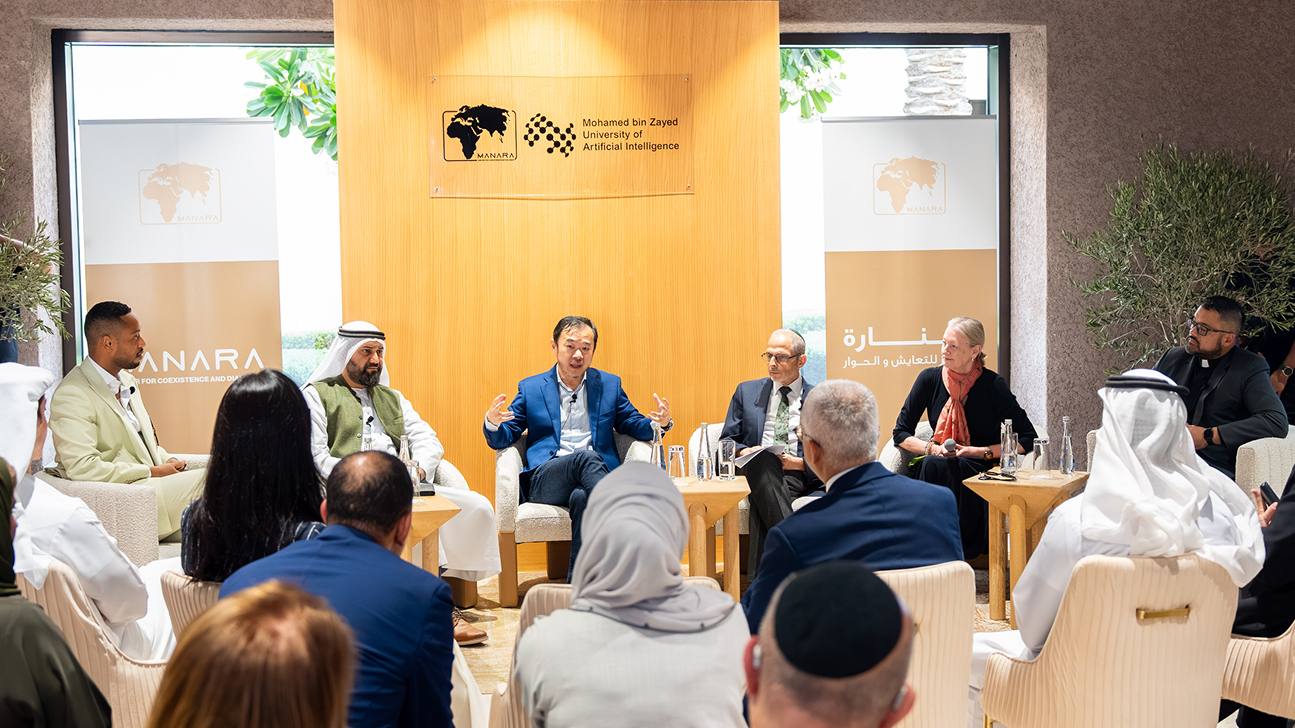Building and Validating Biomolecular Structure Models Using Deep Learning
Monday, September 11, 2023
Knowing 3D structure of proteins, RNA/DNA, is fundamental to understanding how the molecules carry out the function. The 3D structure is also essential for rational drug design that target proteins and RNAs. Our lab has been developing various 3D structure modeling methods using deep learning. In this seminar, I discuss recent highlights of our works.
One of our recent main projects is biomolecular structure modeling from cryo-electron microscopy (cryo-EM) data. cryo-EM has become one of the main experimental methods for determining biomolecular structures including proteins and nucleic acids. Molecular structure modeling from cryo-EM can be challenging when the resolution of maps is not high enough to specify atom positions. For maps at medium resolution, deep learning can detect characteristic local density features of amino acids and secondary structures, which can be used to guide structure modeling. Local density features can be also used for validating existing protein structure models in PDB.
Next, I will discuss our projects on RNA structure prediction and peptide docking prediction that uses an elaborated deep neural network architecture, which is inspired by Alphafold2, a recent successful protein structure prediction method.
Post Talk Link: Click Here
Passcode: x*9GiBG0
Speaker/s
Daisuke Kihara is a full professor in the Department of Biological Sciences and the Department of Computer Science at Purdue University, West Lafayette, Indiana, USA. He received a B.S. degree from the University of Tokyo, Japan in 1994 and a Ph.D. degree from Kyoto University, Japan in 1999. After studying as a postdoctoral researcher he joined Purdue University in 2003 and was promoted to full professor in 2014. He has been working on algorithm and software development in broad topics in protein bioinformatics including molecular structure modeling from cryo-electron microscopy maps, protein-protein docking, protein tertiary structure prediction, protein function prediction, and computational drug design. He has published over 230 research articles. He was named a University Faculty Scholar by Purdue University in 2013. In 2021, he was elected as a AIMBE (The American Institute for Medical and Biological Engineering) Fellow.
Related
Nobel Laureate Michael Spence on how AI is redefining the global economy
Nobel Prize-winning economist Michael Spence explains how AI is reshaping the economic landscape and what is needed.....
- digital policy ,
- governance ,
- Nobel Prize ,
- guest talk ,
- guest lecture ,
- economics ,
- Economy ,
- Undergraduate ,
Understanding faith in the age of AI
MBZUAI hosted a panel discussion in collaboration with the Manara Center for Coexistence and Dialogue focused on.....
- connection ,
- discussion ,
- religion ,
- spirituality ,
- faith ,
- conversation ,
- panel ,
- Human–computer interaction ,

